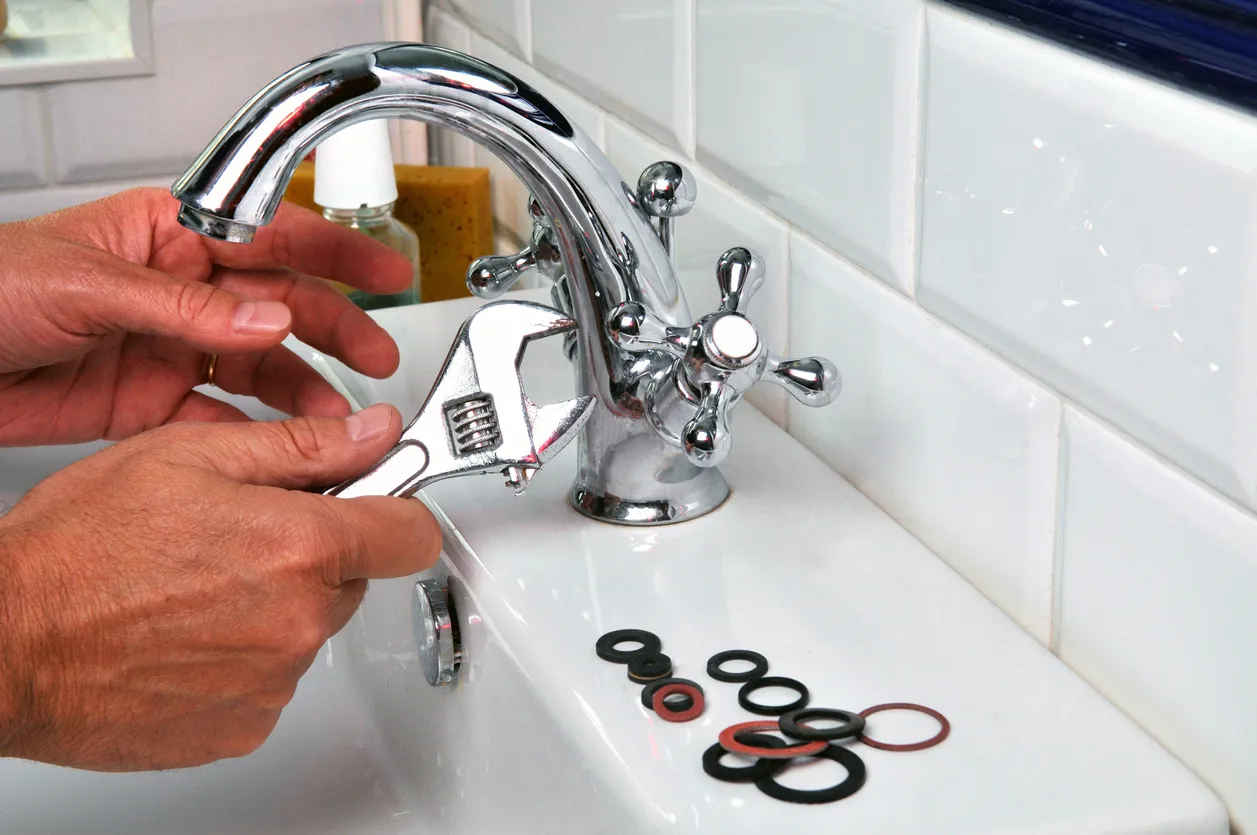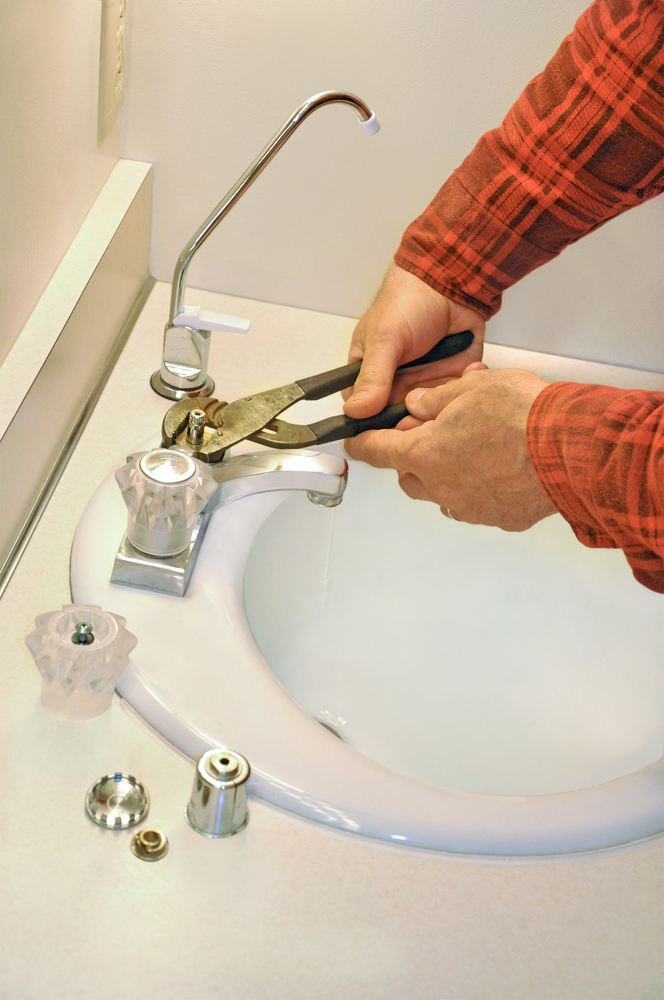When It's Important to Fix a Faulty Faucet
When It's Important to Fix a Faulty Faucet
Blog Article
Just about everyone may have their personal thinking about Water Dripping from Faucet: Why and How to Fix.

Dripping faucets might look like a small inconvenience, however their impact goes beyond just the inconvenience of the audio. From drainage to incurring unnecessary financial costs and health and wellness dangers, overlooking a leaking tap can result in various effects. In this write-up, we'll explore why it's important to address this usual family problem immediately and successfully.
Wastage of Water
Environmental Influence
Dripping taps contribute significantly to water waste. According to the Environmental Protection Agency (EPA), a solitary tap dripping at one drip per secondly can waste greater than 3,000 gallons of water per year. This not only pressures water resources however additionally influences environments and wildlife based on them.
Financial Expenses
Increased Water Expenses
Beyond the ecological impact, leaking taps can blow up water costs considerably. The built up waste with time translates into greater energy expenditures, which could have been prevented with prompt fixings.
Possible Residential Property Damages
Moreover, extended dripping can cause harm to fixtures and surface areas surrounding the tap. Water accumulation can trigger staining, deterioration, and also structural issues if left neglected, resulting in extra repair service prices.
Health Issues
Mold and Mold Growth
The constant visibility of dampness from a leaking tap creates an excellent environment for mold and mold growth. These fungi not just endanger indoor air top quality yet additionally position wellness threats, specifically for individuals with breathing conditions or allergic reactions.
Waterborne Illness
Stagnant water in trickling taps can come to be a breeding place for germs and various other pathogens, increasing the danger of waterborne diseases. Pollutants such as Legionella germs flourish in stagnant water, potentially causing severe illnesses when consumed or inhaled.
DIY vs. Expert Repair service
Benefits and drawbacks of Do It Yourself Repair Work
While some may try to fix a leaking tap themselves, DIY repair services feature their very own collection of difficulties. Without correct understanding and tools, do it yourself attempts can aggravate the issue or lead to incomplete repair work, extending the issue.
Advantages of Employing a Specialist Plumber
Hiring a professional plumber ensures that the underlying reason for the dripping tap is attended to successfully. Plumbers have the experience and tools to detect and fix tap concerns successfully, conserving time and decreasing the risk of further damage.
Step-by-Step Guide to Taking Care Of a Dripping Tap
Tools Required
Prior to attempting to fix a trickling faucet, gather the needed tools, including a flexible wrench, screwdrivers, substitute parts (such as washing machines or cartridges), and plumber's tape.
Common Faucet Issues and Their Solutions
Determine the kind of tap and the particular issue triggering the drip. Typical issues consist of damaged washers, rusty shutoff seats, or faulty O-rings. Describe supplier directions or online tutorials for step-by-step guidance on repairs.
Safety nets
Regular Upkeep Tips
To prevent dripping taps, carry out regular upkeep such as cleaning up aerators, examining for leakages, and replacing damaged components quickly. Additionally, take into consideration setting up water-saving devices or updating to much more effective components.
Value of Prompt Repairs
Addressing trickling taps as quickly as they're noticed protects against more water waste and prospective damages, ultimately saving both water and money over time.
Impact on Residential Property Worth
Perception of Well-Maintained Residential Property
Preserving a residential property in good condition, including attending to upkeep concerns like dripping taps, improves its viewed value and worth among potential purchasers or occupants.
Impact on Resale Value
Residences with well-kept plumbing fixtures, consisting of faucets, command higher resale values in the realty market. Resolving dripping taps can add to a favorable impression during property inspections and negotiations.
Ecological Duty
Individual Payment to Preservation
Taking duty for taking care of dripping faucets aligns with wider initiatives toward water conservation and ecological sustainability. Every individual's actions jointly make a significant effect on preserving priceless sources.
Lasting Living Practices
By focusing on timely fixings and embracing water-saving habits, individuals add to lasting living practices that benefit both existing and future generations.
Final thought
Attending to a trickling tap surpasses plain benefit; it's an important action towards conserving water, decreasing economic expenses, and guarding health and property. Whether via DIY repair services or expert support, doing something about it to take care of leaking faucets is a tiny yet impactful method to advertise responsible stewardship of resources and contribute to a much healthier, much more sustainable future.
How to Fix a Leaky Faucet: Step-by-Step Repair Guide
A leaky faucet may seem like a simple annoyance, but if it's not fixed promptly, that leak could cost hundreds to potentially thousands. From water damage to mold, mildew, and high water bills, even a tiny leak can be catastrophic if left unattended. Damage like this can even affect the overall value of your home, so it's important to take the right approach for leaky faucet repair. You may need the help of a plumber in some cases, but we've got a few tips you can try on how to fix a leaky faucet before calling the pros.
Four Faucet Types
When you're learning how to fix a leaky faucet, the first step is knowing what kind of faucet you're working with! There are four common types.
Cartridge Faucets
Cartridge faucets come in one- or two-handled varieties. In one-handled cartridge faucets, hot and cold water combines in a single cartridge. In the two-handled versions, hot and cold water are controlled separately and mixed in the faucet.
Ball Faucets
Ball faucets have a single lever you push up and down to adjust the pressure and rotate to change the temperature. A slotted metal ball controls the amount of water allowed into the spout.
Compression Washer Faucets
They're the oldest type of faucet, but they're still used in many homes — especially older ones. Compression faucets have two separate handles that, when turned, raise or lower the washer that seals a water valve. This valve stops water from flowing through the faucet when it is turned off.
Disc Faucets
Disc faucets rarely need to be repaired due to their maintenance-free design. The water flow is controlled by two discs — the upper one raises and lowers against a fixed lower disc, creating a watertight seal. If your disc faucet starts leaking, you may need to replace the seals or clean residue buildup from the inlets.
Fixing a Leaky Faucet
Step 1: Turn Off the Water
Whether you're learning how to fix a leaky bathtub faucet or how to fix a leaky kitchen faucet, always turn off the water supply to your working area when you're fixing a leak. The last thing you want is a flood added to your list of things to fix.
Look for the shutoff valves below your sink or around the tub and turn them clockwise to stop the water flow. If your faucet doesn't have shutoff valves, you may need to turn off the water for the whole house. Check to make sure it's off by turning the faucet on. If nothing comes out, you're ready to start the repair.
Step 2: Take Apart the Faucet
How you disassemble your faucet depends on the type of fixture you have. You can use a flathead screwdriver to remove the caps on top of the handle or handles for cartridge and compression faucets. Inside, you should see handle screws. Unscrew these with a screwdriver to remove the handle.
Disc- and ball-style faucets will typically have an inlet screw near the handle, and removing that will reveal the interior of the faucet.
Detach the Valve Stem
For cartridge- and compression-style faucets, you'll see the inner valve stem or cartridge once you remove the faucet handles. If you have a compression faucet, unscrew the brass valve stem. If you have a cartridge faucet, pull out the cartridge. If your cartridge has been in place for a while, it may require some tools or extra force to remove it due to mineral deposits.
Examine and Replace Parts
Once you've removed the parts, check them out to confirm what needs to be replaced. You may see corroded rubber washers, O-rings, stems, or cartridges. On a ball-style faucet, check the seats and springs for damage.
If you need to repair a leaky disc faucet, check the inlet and seals on the lower disc.
Once you determine what parts must be replaced, visit your local hardware store. Bring the damaged parts with you to ensure you can purchase the correct components to replace them.
Clean Valves and Faucet Cavity
If you've removed a stem or cartridge, you may notice mineral buildup in the faucet's threads. Use white vinegar to clean the valve seat by soaking it for a few minutes, then scrub it away with a soft toothbrush and rinse with warm water. You can also clean the interior of the faucet in the same way.
Reassemble the Faucet
Once your faucet is cleaned and the required parts have been replaced, it's time to reassemble it. Put the pieces back together and slowly turn the water supply back on. Doing this slowly is crucial because too much initial water pressure can damage the new hardware you've just installed.
https://homewarranty.firstam.com/blog/how-to-fix-leaky-faucet

I am just very fascinated with How to Fix a Dripping or Leaky Faucet and I'm hoping you liked the new blog posting. Are you aware of someone else who is intrigued by the topic? Why not share it. Thank you so much for going through it.
Report this page